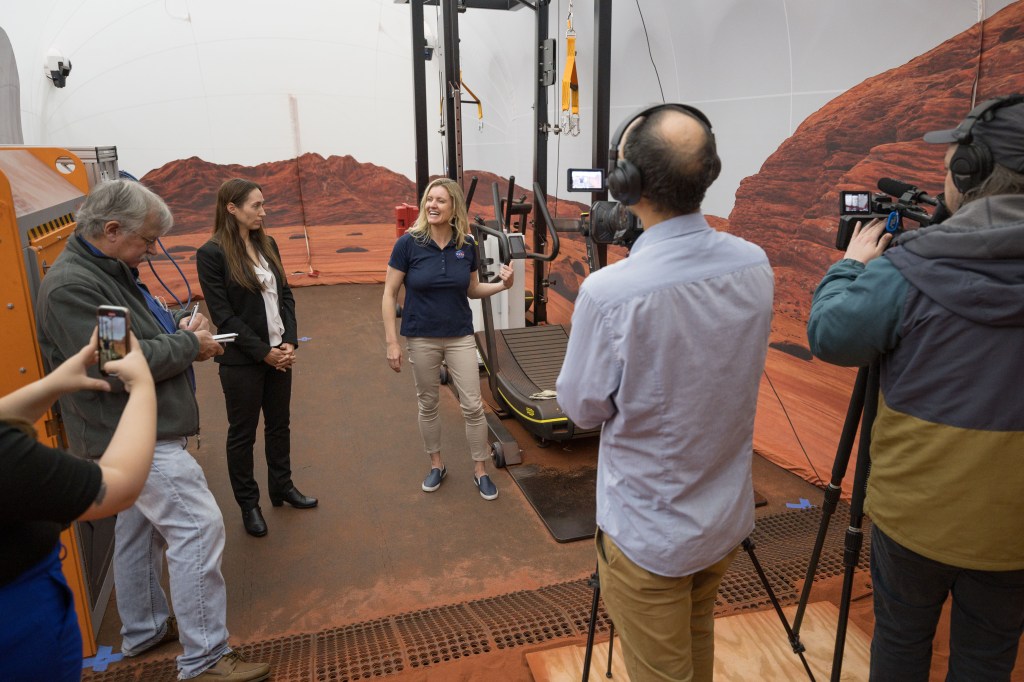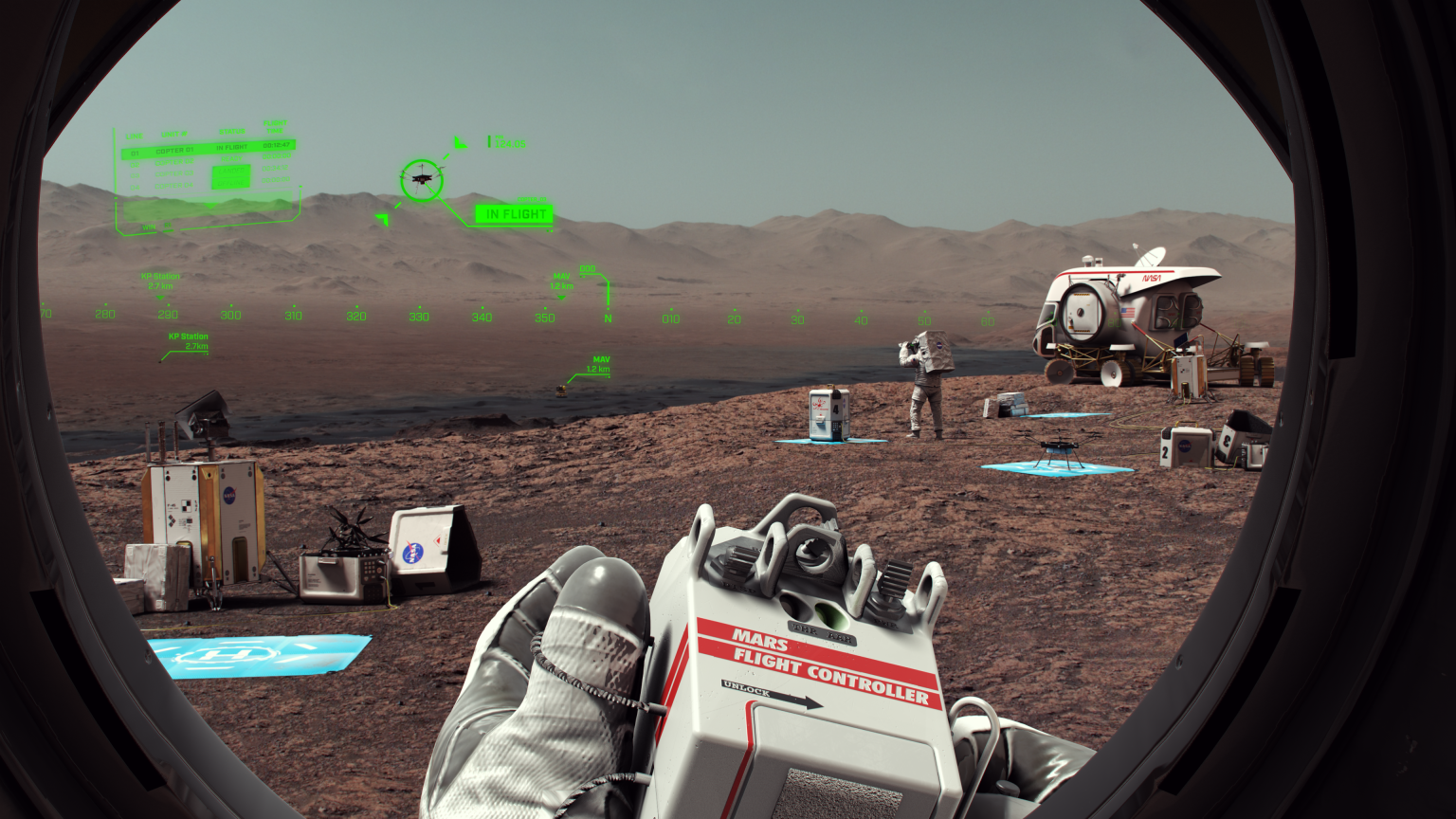
Analog Missions
Analog missions help NASA test systems, protocols, and scenarios on Earth before crews are sent to space. They enhance our capabilities on missions to low Earth orbit, and will help guide future journeys to the Moon, Mars, and beyond.
What are Analog Missions?
Analog missions take place in locations that have natural or engineered physical similarities to extreme space environments.
Analogs provide NASA with data about strengths and limitations of current and planned human exploration operations. Topics actively researched in analogs include how isolation affects human health, how low gravity affects the human body, and how spacewalk safety can be improved. Test locations include the Antarctic and simulated environments such as motion disorientation machines, spaceflight vehicles, and planetary habitats.
Learn More About Analog Missions about What are Analog Missions?
What Hazards do Analog Missions Test?
Space is a harsh environment, so astronauts face many hazards when living and working in space. NASA groups these hazards in five categories based on the stresses they place on the space traveler: space radiation, isolation/confinement, distance from Earth, gravity fields, and hostile/closed environments. Analog missions are designed to test in a controlled environment on Earth how crews can overcome these hazards.
Learn More About the 5 Hazards of Human Spaceflight about What Hazards do Analog Missions Test?
Active Analogs

Antarctic Stations
Antarctica’s climate, terrain, temperature, and isolation provide a research environment on Earth that closely parallels the conditions of isolation and stress astronauts will face on long-duration missions in space.

ARGOS
The Active Response Gravity Offload System (ARGOS) provides a simulated reduced-gravity environment in which humans can move and work.

CHAPEA
The Crew Health and Performance Exploration Analog (CHAPEA) is a series of research analog missions that will simulate year-long stays on the surface of Mars.

:envihab
NASA researchers use Germany’s :envihab facility to simulate the effects of microgravity through studies that keep volunteers on strict bedrest, with their heads tilted slightly downward, for the duration of missions. This helps NASA investigate how weightlessness affects the human body.

HERA
NASA’s Human Exploration Research Analog (HERA) is a unique, 650-square foot habitat designed to serve as a simulated spaceflight environment for research and operational purposes, including investigating isolation, confinement, and remote conditions in exploration scenarios.

In-situ Resource Utilization (ISRU)
ISRU aims to harness natural resources at planetary destinations. Analog tests include a challenge to develop new technologies to support life on the Moon and enhance the capabilities of human exploration.

Kraken
NASA uses the Kraken, a 50-foot-long, 100-ton U.S. Navy research device that spins on multiple axes, to simulate space motion sickness and test possible recovery strategies.

Neutral Buoyancy Lab (NBL)
One of the world's largest indoor pools, NBL is used to refine mission protocols, instruments, spacesuits, and crew activities in support of astronaut spacewalks.

NASA Space Radiation Lab (NSRL)
NSRL helps to assess health risks of space radiation. Scientists use beams of ions to simulate cosmic rays to develop strategies to protect our astronauts.

Parabolic Flight
Parabolic flights simulate short-term weightlessness and partial gravity. In addition to scientific experiments, these flights also test various space equipment technologies.
Why do we use Analogs?
Not all experiments can be done in space, since there is not enough time, money, equipment, or personnel. Analogs expand research and training capabilities and help to verify new technologies or procedures before they fly in space.
Learn More About How Analogs Solve Spaceflight Research Challenges. about Why do we use Analogs?
Active Planetary Analogs
10 Things to Know About Planetary Analogs
Some places on Earth are so extreme that NASA uses them as stand-ins for other worlds.
These locations are called planetary analogs because they are similar, or analogous, to Earth’s Moon, Mars, asteroids – and even exoplanets, which are planets that orbit other stars. Planetary analog sites help NASA plan for future robotic and human missions. They also help scientists research distant worlds without leaving Earth. Here are 10 things to know about planetary analogs.
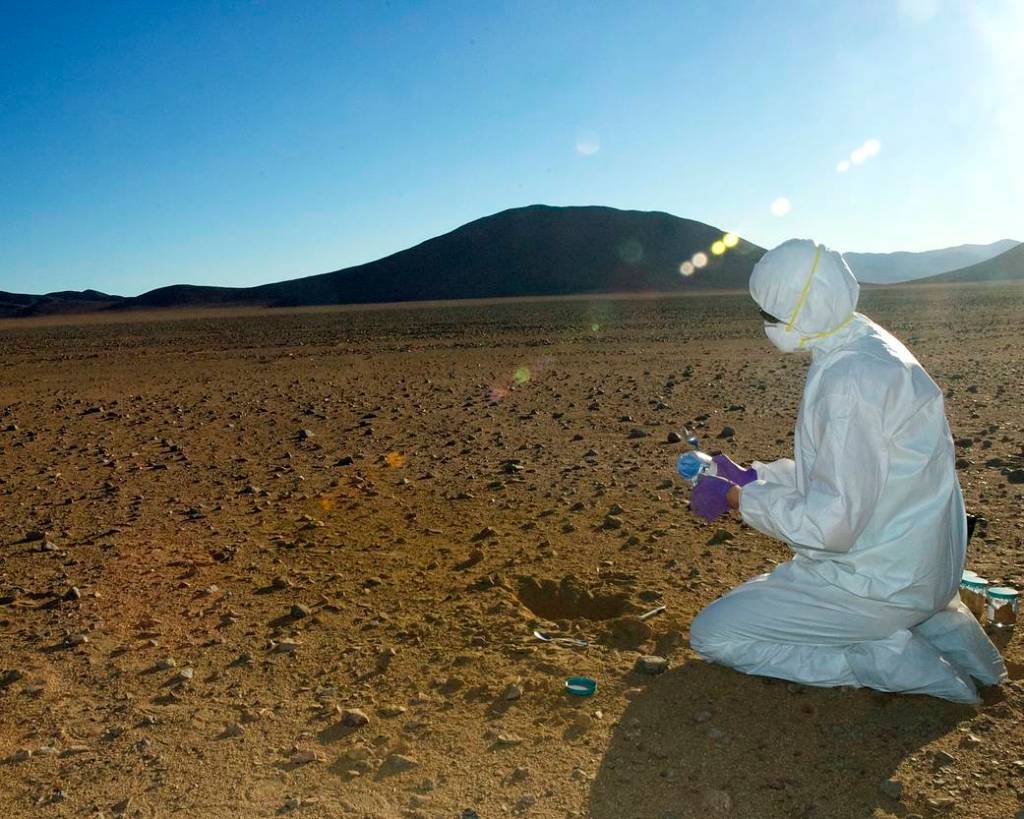
Planetary Analog Explorer
Our planet isn’t the only place with volcanoes, impact craters, quakes, and erosion. Similar environments on different worlds are called planetary analogs.
The Analog Explorer gallery shows field research sites on Earth side by side with similar environments on other worlds. Research at analog locations on Earth helps scientists make sense of our solar system.

Applications for Analog Missions
Apply to participate as a crew member in a simulated deep space environment.

HERA
NASA's Human Exploration Research Analog (HERA) is a 650-square-foot habitat at the agency's Johnson Space Center in Houston, where research volunteers live and work like astronauts during simulated deep space missions lasting up to 45 days.
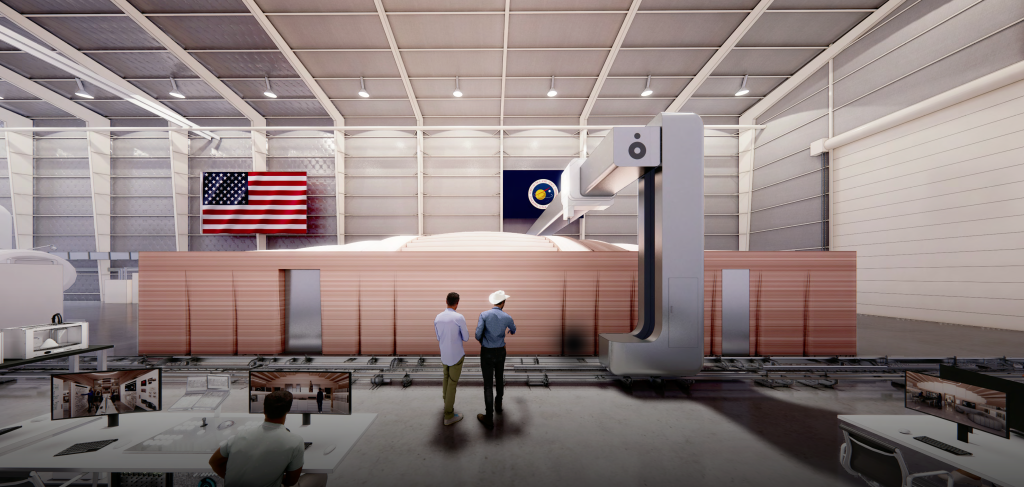
CHAPEA
NASA's Crew Health and Performance Exploration Analog (CHAPEA) is a 1,700-square-foot habitat at the agency's Johnson Space Center in Houston, where research volunteers live and work like astronauts for roughly a year in a simulated mission on the surface of Mars.
Latest Analog Field Testing News

NASA, Collaborators Announce a New Student Lunar Autonomy Challenge!

Crew Returns from Simulated Trip to Mars—Take a Peek Inside Their Journey
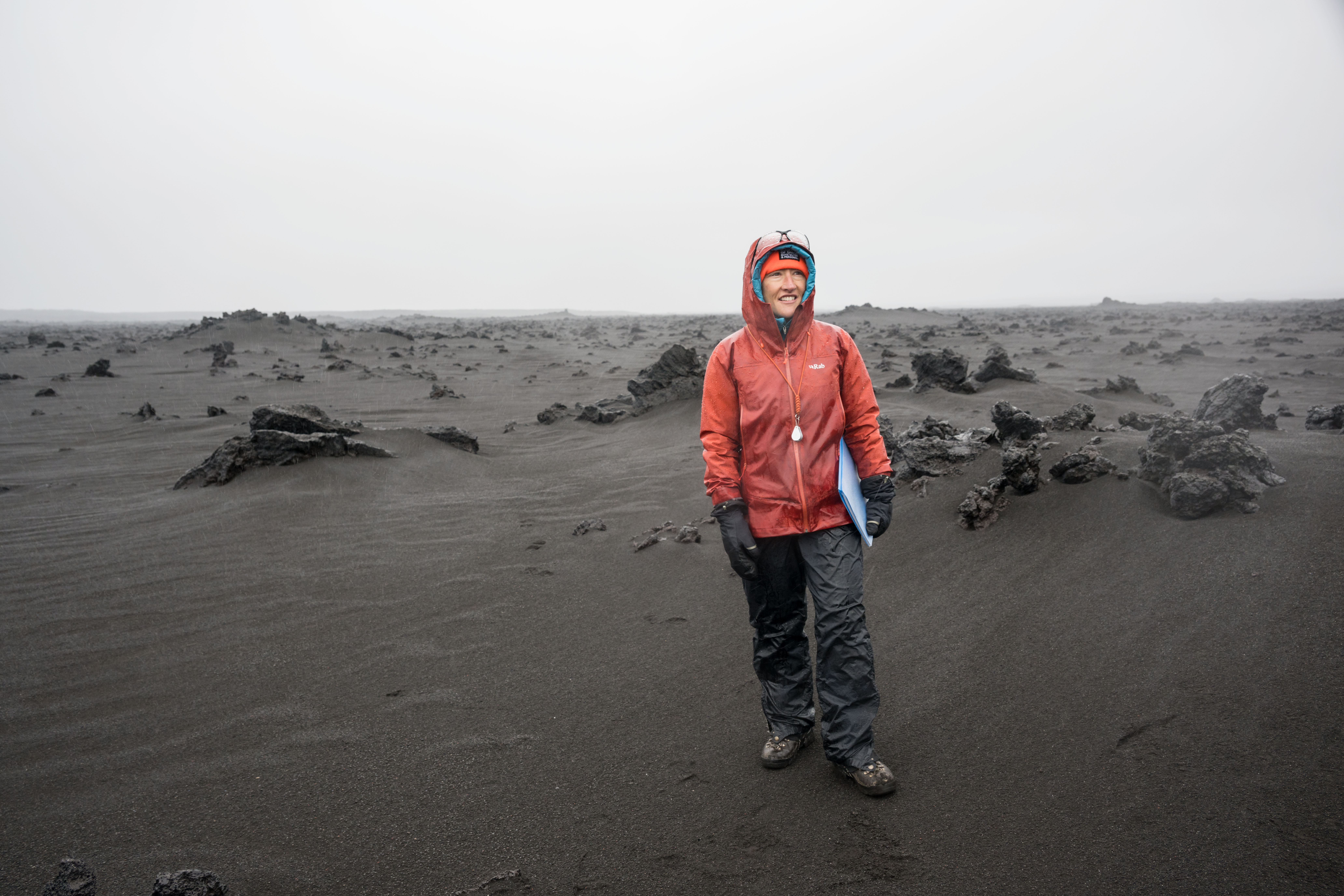
NASA’s Artemis II Crew Uses Iceland Terrain for Lunar Training

Into The Field With NASA: Valley Of Ten Thousand Smokes


























